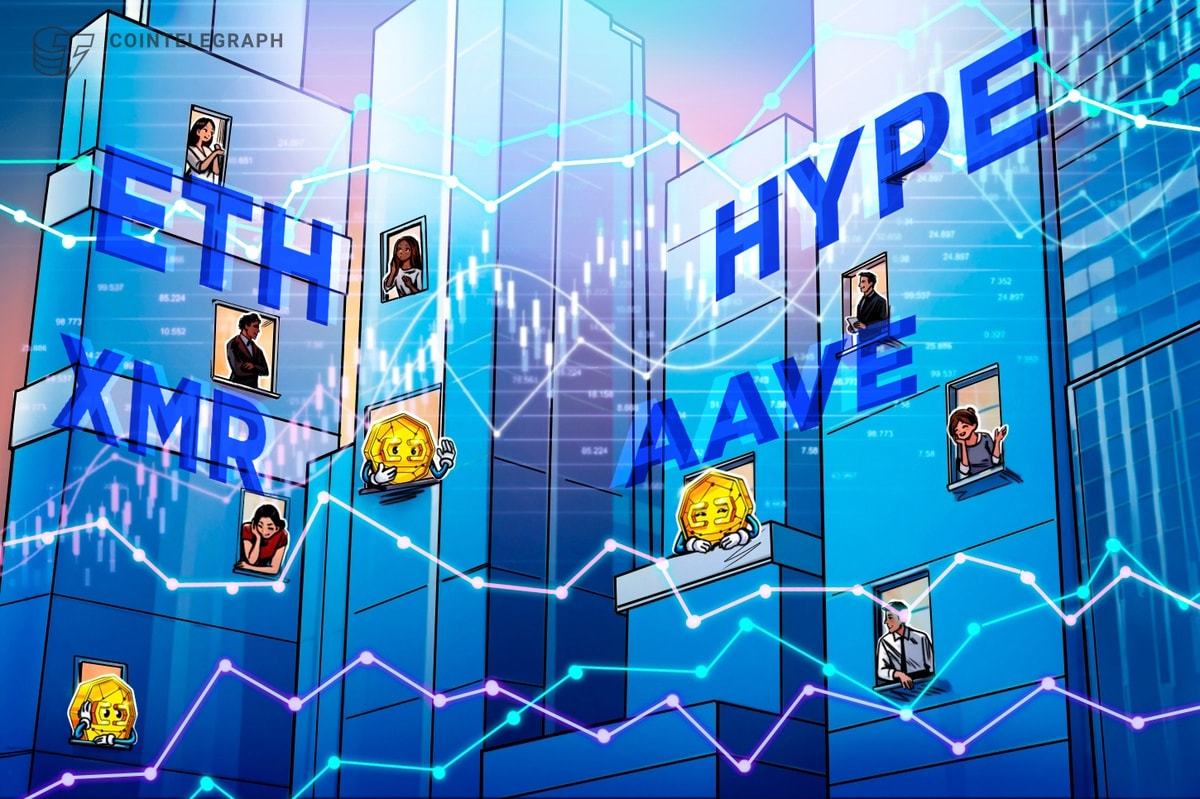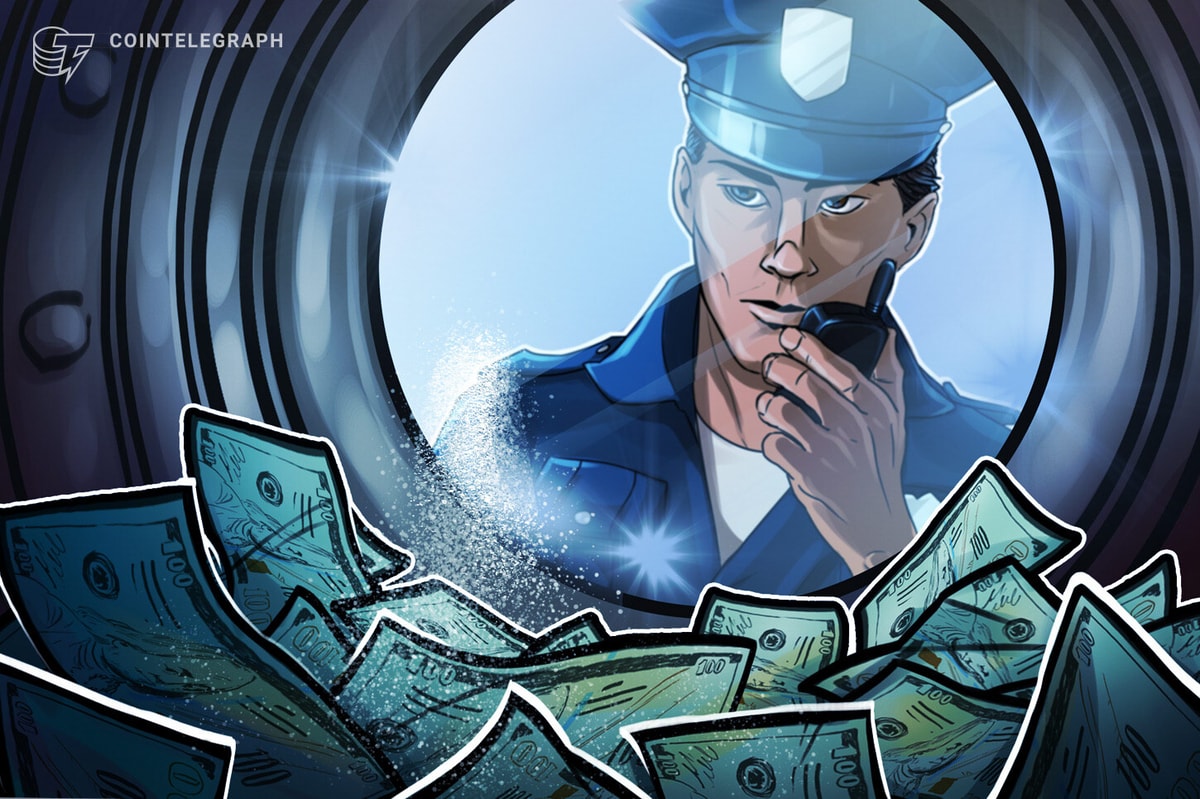After the collapse of FTX, the crypto market saw a boost in interest toward decentralized finance (DeFi), as trading in this sector is more transparent than centralized finance (CeFi).
While Sam Bankman-Fried (SBF) could make unethical moves on the centralized cryptocurrency exchange, such as transferring his customers’ cryptocurrencies to Alameda Research, DEX Uniswap founder Hayden Adams would not be able to misuse the funds of users of the decentralized exchange.
The transparency and trustlessness of DeFi made it a standout in November of last year. Following the bankruptcy declaration of FTX, decentralized exchanges saw a surge in trading volume, reaching $32 billion. Uniswap, in particular, saw the lion’s share of this volume, with $20.9 billion in trade.
The DEX saw a significant increase in activity on Nov. 8, with trading volumes tripling from the previous day, from $1.3 billion to $4.2 billion. However, Uniswap has even more to be proud of
Uniswap and great liquidity of Ethereum
Uniswap currently has one of the highest liquidities on the market for Ethereum (ETH), enabling it to outperform one of the leading centralized exchanges on the crypto market, Coinbase. But what has made the DEX grow so much?
Uniswap is a revolutionary platform that was among the first to launch on the Ethereum blockchain. It stands out for its use of automated solutions to address liquidity issues, which has helped it avoid the challenges faced by early decentralized exchanges. This has led to significant growth, becoming one of the largest DEXes on the market, with high liquidity for Ethereum.
Uniswap’s services are becoming increasingly popular among experienced investors who value the self-custody of assets. This is because it utilizes an automated market maker (AMM) model, which allows DEX users to trade without needing an order book, providing them with greater control and autonomy over their assets.
As a result, Uniswap users are able to not only provide liquidity to the DEX but also to benefit from more efficient pricing and lower trading fees compared to centralized exchanges like Coinbase.
Is this the end of centralized exchanges?
It is not guaranteed that the rise of Uniswap means the end of centralized exchanges (CEXes). Some new crypto market participants may still prefer Coinbase due to its more user-friendly platform compared to DEXes on the Ethereum network.
For less experienced investors, the lack of support can be a challenge when trading on a decentralized platform such as Uniswap, where there is no central point of contact to resolve potential errors or issues.
This is not a problem for Uniswap, as individuals should take responsibility for their actions in the cryptocurrency market. However, those coming from traditional markets may still struggle to understand this concept.
But while DeFi solves its main problem, which is the user experience, communities and resources are now available to help you better understand how to use these platforms.
It is important to note that centralized exchanges typically provide a broader range of assets to trade, enabling better portfolio diversification for investors. In contrast, DEXes like Uniswap are generally restricted to trading tokens within their network, such as Ethereum.
Read More: u.today









 Bitcoin
Bitcoin  Ethereum
Ethereum  Tether
Tether  XRP
XRP  Solana
Solana  USDC
USDC  Dogecoin
Dogecoin  Cardano
Cardano  TRON
TRON  Lido Staked Ether
Lido Staked Ether  Wrapped Bitcoin
Wrapped Bitcoin  Sui
Sui  Wrapped stETH
Wrapped stETH  Chainlink
Chainlink  Avalanche
Avalanche  Stellar
Stellar  Hyperliquid
Hyperliquid  Shiba Inu
Shiba Inu  Hedera
Hedera  LEO Token
LEO Token  Bitcoin Cash
Bitcoin Cash  Toncoin
Toncoin  Litecoin
Litecoin  USDS
USDS  Polkadot
Polkadot  WETH
WETH  Monero
Monero  Binance Bridged USDT (BNB Smart Chain)
Binance Bridged USDT (BNB Smart Chain)  Bitget Token
Bitget Token  Wrapped eETH
Wrapped eETH  Pepe
Pepe  Pi Network
Pi Network  Ethena USDe
Ethena USDe  Coinbase Wrapped BTC
Coinbase Wrapped BTC  WhiteBIT Coin
WhiteBIT Coin  Dai
Dai  Bittensor
Bittensor  Uniswap
Uniswap  NEAR Protocol
NEAR Protocol  Aave
Aave  OKB
OKB  Aptos
Aptos  BlackRock USD Institutional Digital Liquidity Fund
BlackRock USD Institutional Digital Liquidity Fund  Jito Staked SOL
Jito Staked SOL  Ondo
Ondo  Cronos
Cronos  Tokenize Xchange
Tokenize Xchange  Internet Computer
Internet Computer